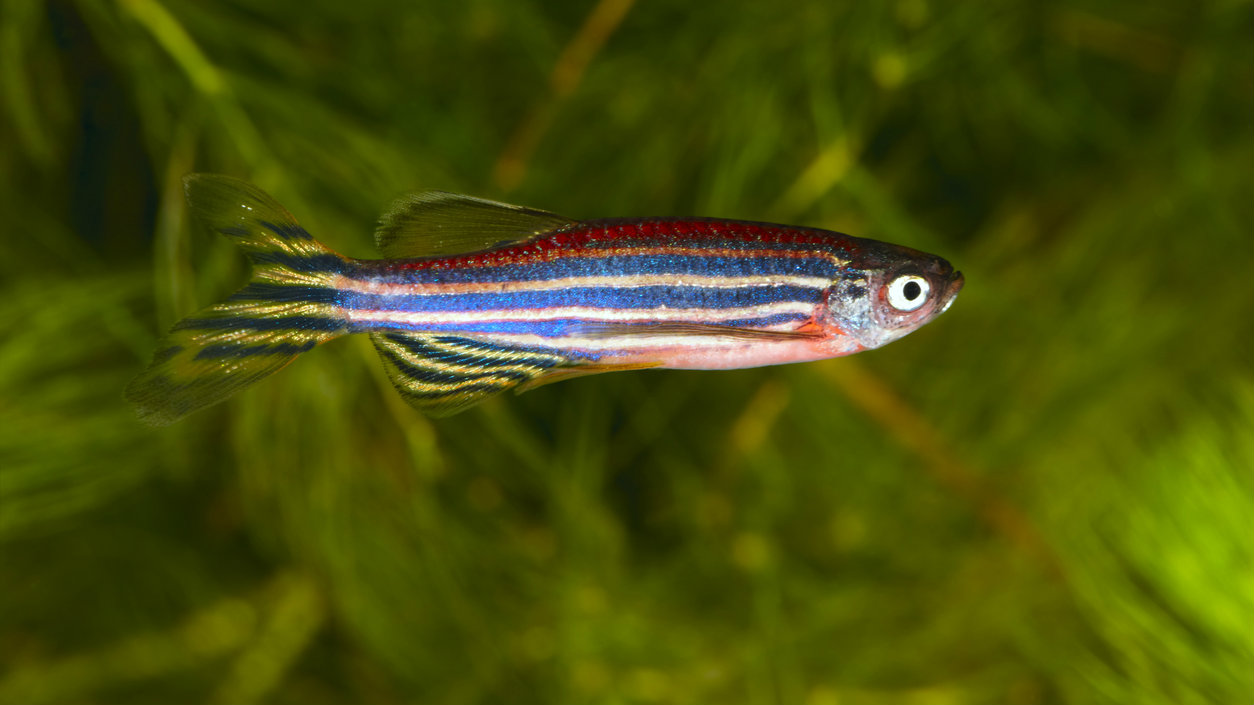We are focused on understanding how cellular and molecular processes combine to regulate the development and subsequent functioning of animals and plants. This research addresses fundamental questions relevant to human health and disease. We formalise complex biological data and hypotheses into mathematical models which we use to both test and make biological predictions. We then test the validity of our predictions through biological experiments and refine our models based on our findings.
Mathematical approaches
The approaches we employ to build our mathematical models include, but are not limited to, ordinary differential equations, partial differential equations, stochastic differential equations, on- and off-lattice agent based models, probability master equations and stochastic simulation. We use a combination of mathematical and numerical analysis to probe our models.
Applications
We have used agent-based stochastic mathematical models to verify biological hypotheses about the origin of pigment patterns characteristic of the disease piebaldism. We have been able to show that the failure of colonisation of the embryo by pigment producing cells in piebald animals is due to reduced proliferation, rather than migration as had previously been assumed. In a separate project we have built a comprehensive agent-based model of zebrafish pigmentation pattern formation. The model can account for the vivid stripes seen in wild-type fish as well as a number of mutant phenotypes.
